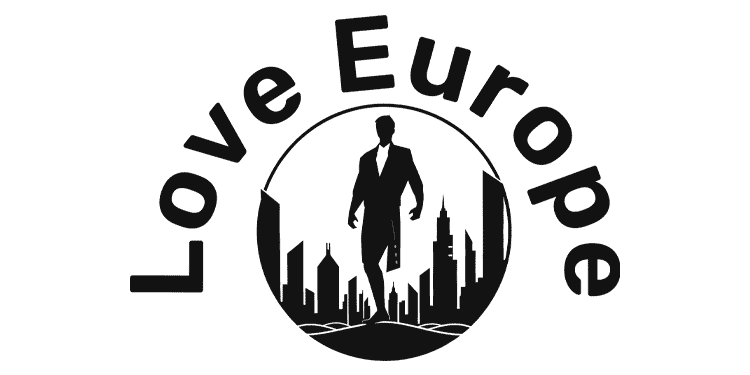Adjusting to Life in Sweden The Cultural and Environmental Transition for NHL Players
For NHL players making the leap to Sweden, the adaptation extends far beyond the ice rink. The stark contrast in daily lifestyle-from navigating the famously minimalist Swedish design to embracing the outdoor-centric culture-can be a profound shift. Players often highlight the challenge of acclimating to the country’s slower pace, especially when coming from North America’s fast-moving urban centers. Essential aspects like mastering the local language’s nuances, understanding social customs such as the traditional “fika” coffee break, and adapting to long, dark winters are common hurdles. Yet, these cultural experiences are frequently cited as enriching, helping players develop a more rounded perspective both professionally and personally.
Environmentally, the transition is equally significant. Sweden’s expansive natural landscapes and emphasis on sustainability shape daily life in ways that players must quickly tune into. Ice time might be similar, but the lifestyle adjustments include:
- Seasonal shifts: Experiencing the midnight sun during summer and polar nights in winter affects training and recovery routines.
- Public transport reliance: Unlike North America, many players find themselves embracing Sweden’s efficient public transportation to commute.
- Dietary changes: Sampling traditional Swedish cuisine involves a shift towards more seafood and seasonal vegetables.
These factors collectively influence performance and well-being, with many teams now offering tailored support programs to assist in this complex yet rewarding transition.
| Adjustment Area | Key Challenge | Support Offered |
|---|---|---|
| Language | Swedish proficiency | Language classes, translators |
| Weather | Dark winters | Light therapy equipment |
| Culture | Social integration | Mentorship from veteran players |
| Transport | Public transit navigation | Travel coordinators |
From Swedish Rinks to NHL Arenas Navigating Differences in Playing Style and Training Routines
The transition between Swedish ice hockey leagues and the NHL demands more than just adapting to a new team-it involves recalibrating one’s entire approach to the game. Players originating from Swedish rinks often highlight the increased physicality and pace encountered on North American ice, where tighter rink dimensions lead to faster decision-making and intensified body contact. Training regimens also diverge significantly; Swedish programs emphasize skill development and tactical awareness, promoting creativity and finesse during gameplay. In contrast, NHL routines put a strong focus on strength conditioning and endurance, essential for sustaining the rigors of an 82-game season.
Key differences include:
- Rink Size: European rinks are 15 feet wider than NHL rinks, affecting spatial dynamics.
- Training Focus: Sweden prioritizes technique drills, while the NHL stresses physicality and game speed.
- Game Style: Swedish hockey favors controlled puck possession versus the quicker transition game in the NHL.
| Aspect | Swedish Hockey | NHL |
|---|---|---|
| Rink Dimensions | 200 x 98.4 ft | 200 x 85 ft |
| Average Game Speed | Moderate | High |
| Training Emphasis | Skill & Tactics | Strength & Endurance |
| Style of Play | Possession Focused | Fast Breaks & Physical |
Essential Tips for Smooth Transitions Expert Advice from Coaches and Players on Adapting Quickly
Adapting to a new environment-whether moving to Sweden or returning from there-requires more than just physical readiness. Coaches emphasize the importance of mental preparation and cultural openness. Players shared that establishing a daily routine quickly helps combat the initial disorientation. Small habits like adjusting meal times, embracing local customs, and seeking out community connections contribute significantly to maintaining focus and performance on the ice. Communication with teammates and staff, especially in a multilingual setting, also proves crucial in smoothing out everyday challenges.
Experts suggest leveraging a combination of practical strategies and emotional resilience to bridge the gap between different playing styles and lifestyles. Here’s a quick rundown of key focus areas recommended by those who’ve successfully navigated these transitions:
- Physical Conditioning: Tailor workouts to align…
Source link : https://europ.info/2025/11/21/inside-scoop-navigating-life-on-and-off-the-ice-between-sweden-and-the-nhl/
Author : Noah Rodriguez
Publish date : 2025-11-21 07:29:00
Copyright for syndicated content belongs to the linked Source.
